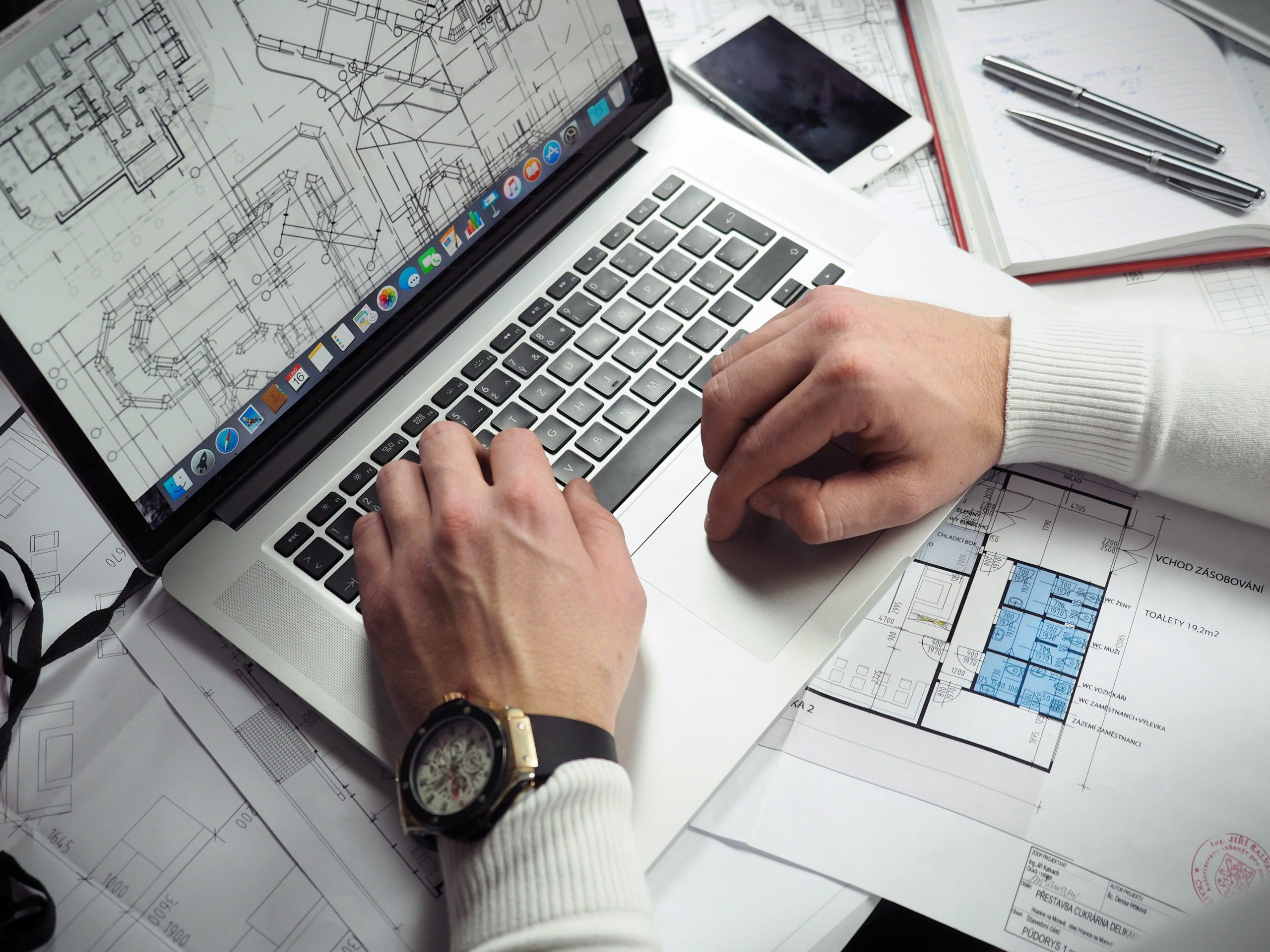Every smart home installation company needs to hear this and every end user will likely expect this from their smart home installation company. This is all about the user experience and how it can be used to benefit the installer and the client.
Usability & user experience is probably the most important aspect of every installation. The smart home market is growing. More companies are able to step into the market relatively pain free with the technology getting easier to implement. Creating a bespoke smart system can be as simple as adding images or icons, and the manufacturers have made this job easier. Anyone with a little training and some patience can do an incredible job, but it’s not only all about the tech. In this article, we will discuss ideas that can make your projects stand out and win you more business.
Always allow for more
Ever heard of the term under promise and over deliver? Your clients will have an expectation of what they want their system to do. It’s your job to understand this fully before building a system around their needs, but you should never stop there. Every smart home system needs some headroom. Lighting panels need space for more lighting modules than specified, control processors need more I/O and processing power than you are planning on using, even the cabling specification needs to be able to outcompete current technology. Future proofing is fundamental. Don’t see this as an opportunity to squeeze more money out of the project but an opportunity to add value. You and your client need to know that foresight here will save them money and time. It’s inevitable, additional functionality requests come your way and technology eventually supersedes cabling infrastructure.
Homeowners who have had a smart home installation by you may not even know the value they received from this. If you do not allow for expandability they will not likely appreciate what may seem an excessive cost and possibly inconvenience when it comes to adding these extra features. An example of this is only allowing for the exact number of lighting circuits, only for there to be an extra circuit outside. For this you’ll need to charge for an additional lighting panel (or expansional panel), additional module and the associated cabling. If you had allowed for a few spare lighting loads it could be as simple as wiring it in and a quick programming change.
The personal touch
You are working in someone’s home, a place that is very unique to them. For this reason you should always strive to add a unique flavour to the smart home installation. There are many ways to do this but below is a list of key areas that’ll turn your otherwise generic system into a personable experience.
- Custom touch panel background images: images of the home make perfect touch panel background images, especially when you can have a unique image per room
- Get the room naming convention right: if it’s Tiffany’s room, make sure you label it so and ensure it’s visible
- Custom icons: create custom icons for buttons that match up to the expectation for example give the fireplace a fireplace icon
- Keypad engravings: ensure you’ve discussed your lighting scenes early and plan to get the keypad engravings report signed off early
- Show your client examples of what is possible as early as possible. Taking them to a demo facility can spark ideas and give them more power to be creative with the design

Get to know your client
It’s easier said than done. Getting to know your clients is one of the best ways to ensure their system will be intuitive to them. It’s useful to know things like what they do for work, do they work from home a lot, do they have pets, do they consider themselves-tech savvy (including members of the family), what devices do they use (are they apple loyal, or android or something else?), would they prefer multiple lighting scenes or as few buttons as possible, do they have kids, do they holiday frequently, do they have holiday homes and what smart home systems have they used if any. These are all good things to look out for, but this list is by far not complete.
Add some value
Now you have this data, how do we use it? Let’s take their holiday plans for example: if you know they have regular holidays, you can pre-program holiday scenes that automate their lighting, and AV, and ensure they have the required licences and apps installed to allow them to remotely access their home. Include this in your handover and training so that they’re comfortable setting holiday mode themselves. If they have a CCTV system make sure it’s one they can view remotely and if you have the ability, you can offer alarm systems, adding value to the project for you and your client. They may have opted for another security installer who may not be as attentive to their clients needs so being able to do this in house would be an advantage (AJAX alarm systems are brilliant for smart home installers getting into alarms).
Consider all of the other pieces of information you have managed to learn about your client and use this same thinking to add value, or surprise them in the end with features they didn’t know they wanted. You’ll get more word of mouth business from doing this and have more clients to impress.
Communicating problems
The frequency of communication is not as important as the way in which you communicate. Always allow a little time to consider how the other person is going to receive the information you’re giving them, and when going to them with a problem be sure to offer solutions in the very same instance if you can.
Technology isn’t infallible, and even the best smart home installation can have it’s issues, but nothing that you cannot resolve. Some examples of problems and solutions are below:
Problem: A network cable has a screw put through it
Solution: We have another port in the same room that can be repurposed (there’s the adding redundancy foresight coming into play)
Problem: A product has failed
Solution: We have arranged for a replacement and endeavour to have this installed by X date
Problem: Another trade has installed ducts where your ceiling speakers should have been located as per the ceiling plan
Solution: We have recalculated the speaker placement and determined an alternative speaker will work in the new proposed location, see attached proposed new ceiling plan
The list goes on, but the point is always try to have a solution otherwise you’ll be seen as they company who always comes with the problem and may end up feeling like the Persian messenger in 300, having been kicked into a well by a Spartan. Figuratively speaking, hopefully.

Usability and user experience affects all businesses
As a smart home installation business the way your clients talk about you is just about the most important consideration. You can’t please everyone, but by consistently evolving your user experience standards you can please more than most. Do this and your business will be rewarded with more clients and you’ll go home with the feeling of satisfaction
Every business needs to take user experience seriously. Would you recommend a friend uses the company that didn’t give you an impeccable user experience? Maybe average is good enough. But would you recommend a company that appeared to go above and beyond to make you love your smart home installation? Definitely. You may even go out of your way to recommend them because you know how much they would benefit from the service.
If you found this interesting please check out some of our other articles, here is one on choosing garden speakers.

